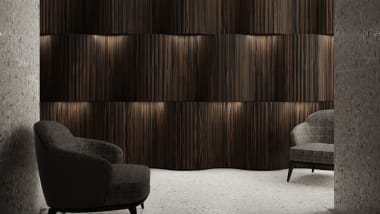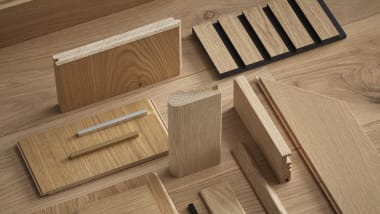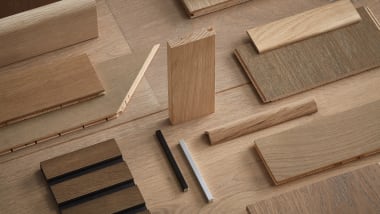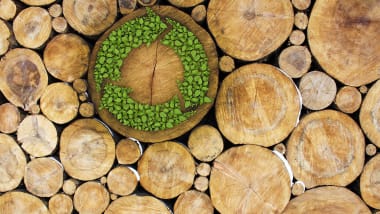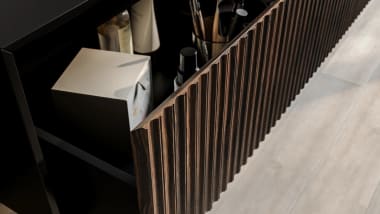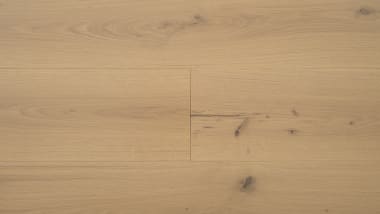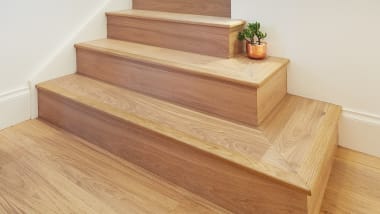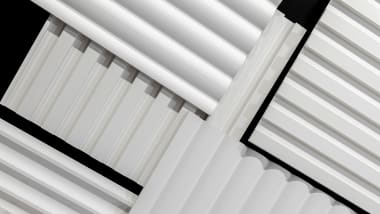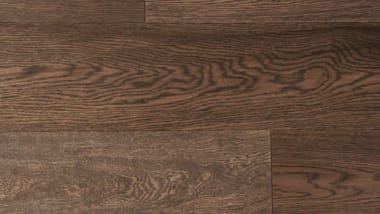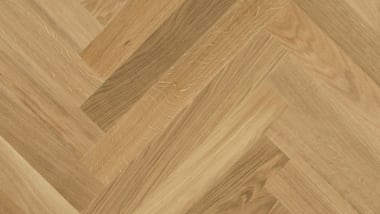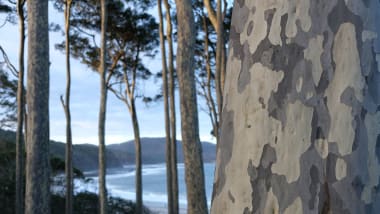What is Spotted Gum Timber?
2 Jan 2024
The Australian spotted gum timber, with its warm and undulating grains, stands out as an excellent flooring option for your home. Its extensive range of colours, spanning from light greyish browns to deep reddish browns, ensures that it effortlessly blends into various settings. Whether you prefer a laidback coastal atmosphere, a serene bush setting, a light-filled suburban remodel, or a contemporary apartment, this versatile timber is an ideal choice.
In all honesty, this captivating indigenous hardwood offers remarkable adaptability and serves as a fantastic means to introduce texture to your living space. In this article, we address some frequently asked questions to assist you on your interior design journey.
1. Is spotted gum a eucalyptus?
Spotted gum timber flooring comes from the spotted gum tree, or eucalyptus maculata, which is known for its tall, straight trunk and unique blotched bark. Each summer, the tree sheds its bark unevenly, revealing patches of smooth, creamy new bark where the rugged, old white or grey bark has peeled away.
One of the easiest ways to identify a eucalyptus tree is by the distinctive smell of oil in its leaves, as well as checking the base of the tree for woody gumnuts, which are the tree's fruits and typically about 1cm in size. The mottled bark of the spotted gum is a clear indication that you are looking at this particular species.
In addition to its aesthetic appeal, spotted gum trees provide lovely shade in the summer and serve as a vital source of food and shelter for native wildlife such as koalas and sugar gliders. When used as flooring, spotted gum timber offers both beauty and durability, making it a popular choice for residential and commercial spaces.
2. Where does spotted gum grow?
This gorgeous timber is produced in a number of places along Australia’s east coast, from Victoria all the way up into Queensland, but the best plantations are found in the sandy soils of the New South Wales south coast. It’s a collective name used to describe four types of trees called “corymbias”:
- Corymbia citriodora, which grows all the way to the Windsor Tableland in northern QLD
- Corymbia citriodora variegata, which grows in northern NSW and southern QLD
- Corymbia henryi, which grows in northern NSW
- Corymbia maculata, which grows around Bega in southern NSW
They’re fair-weather trees, with low tolerance to frost, and are considered to be self-pruning. This means they create incredibly high-quality logs with a long, straight stem and a lovely colour.
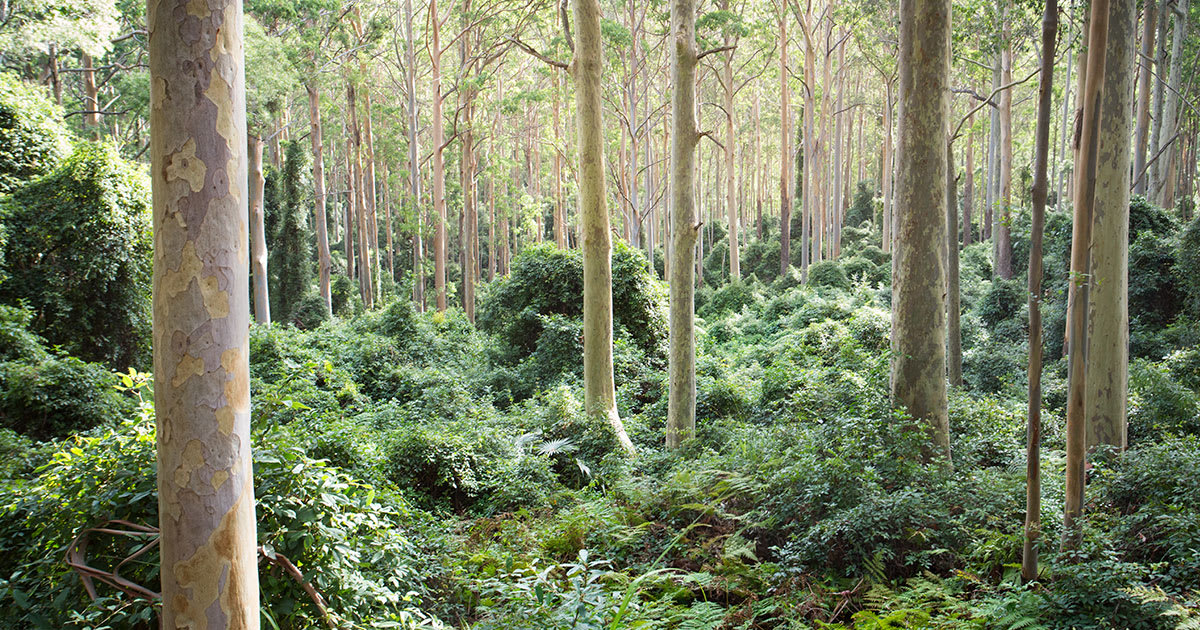
3. What is spotted gum used for?
Spotted gum is a native hardwood that produces a wavy grain, which makes an extremely attractive polished veneer for use in interior decorating. It’s well suited to flooring, cabinetry, and surfaces. Unseasoned timber can be used to create beautiful design features, such as exposed framing or rustic exterior cladding. When it’s seasoned, however, it can be used to add high-quality finishes such as parquetry, which gives a luxe look to any new renovation. It’s also been named as an Australian Standard bushfire-rated timber, and is commonly used in window sills and other joinery.
The best thing about Australian spotted gum is that its warm feel instantly makes any space feel simultaneously chic and comfortable. It can be as much or as little of a feature as you like. For example, it can add extraordinary richness to Scandinavian-inspired designs, allowing lines to pop in contemporary settings, or bringing the outdoors indoors in open-plan living spaces.
4. Is spotted gum good for flooring?
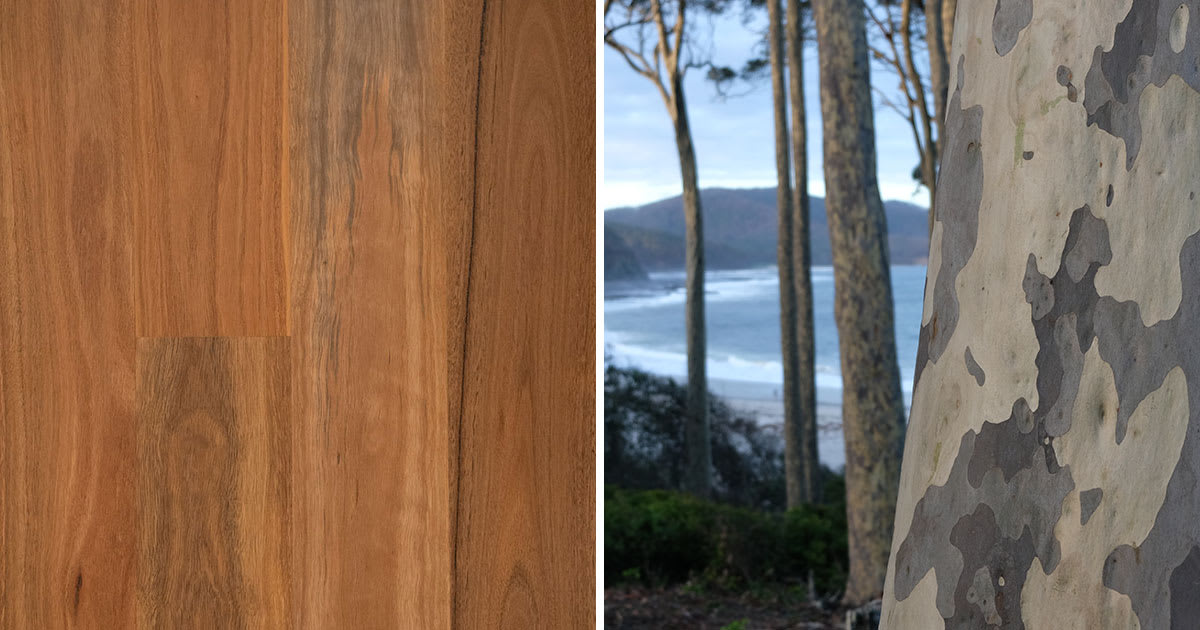
It’s hard to find a flooring material better suited to Australia’s sometimes volatile climates than Australian spotted gum. This durable and dense timber is suitable for use anywhere from hot and humid climates to cold and dry climates. The best way to integrate it into your design is by choosing an engineered spotted gum flooring product, which combines the natural strength with a high-quality finish. This will provide a gorgeous aesthetic that’s easy to maintain.
Engineered spotted gum can be very quick to install, especially if you choose a product that has a square edge profile and fits together with a click system, because it can be simply put together and glued down. For maximum durability, consider a product that is matt lacquered, about 14 millimetres thick. This will ensure your floor looks gorgeous for many years to come.
Find out more about Havwoods Spotted Gum flooring and order samples online.
5. Can you stain spotted gum flooring?
Engineered spotted gum flooring products can be stained, textured, oiled, or installed with a matt lacquered finish. This ensures that you can achieve a consistent look throughout your home, while highlighting the natural hues of the timber. Remember, Australian spotted gum can range in colour from light greyish to rich reddish browns, so staining it will ensure you achieve exactly the look you desire. It’s also a great way to tie your new flooring in with any existing furniture or fixtures.
6. Can spotted gum be used outdoors?
Besides interior uses, like flooring and cabinetry, spotted gum can also be used outdoors. Once it’s been seasoned, it can be used as a rustic cladding material for modern Australian builds. Around the house, it’s suitable for carving, woodturning, and manufacturing outdoor furniture. However, given its strength, and its natural resistance to pests like termites, you may also see it used for things like retaining walls, decking, and fencing. There’s really no limit to the ways this timber can be used!
If you are planning to use it outdoors, however, sealing it will significantly prolong its life. Look for a water-based decking oil and make sure the product penetrates deeply into the timber. You may have to apply a few coats to ensure it soaks in properly, before adding a protective layer on top.
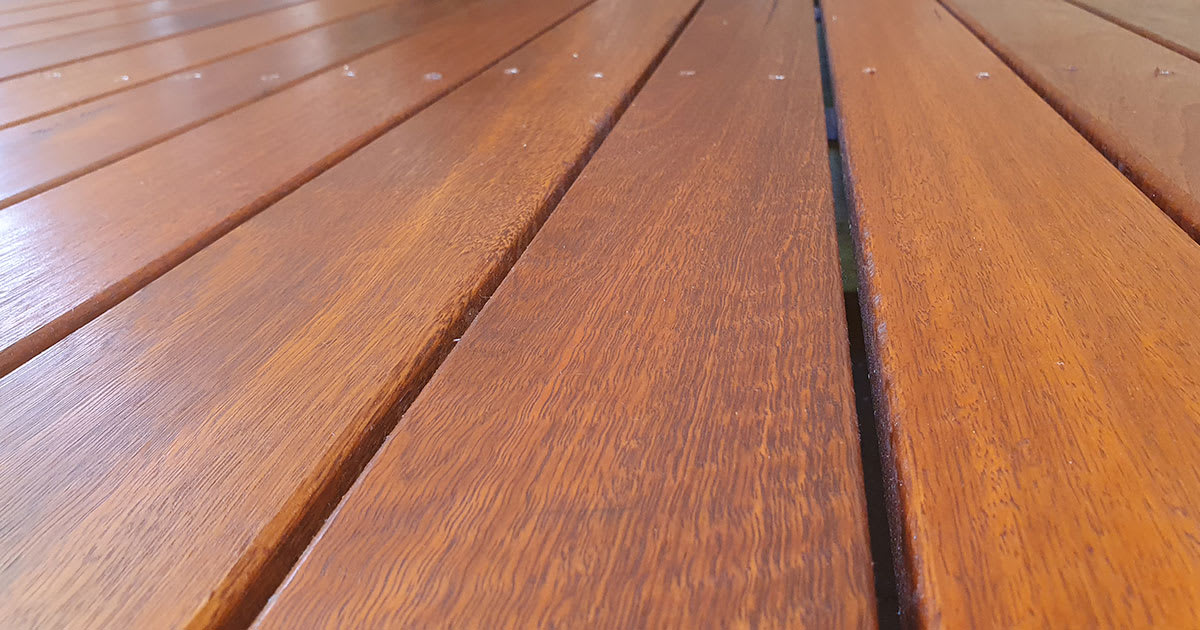
7. Is spotted gum sustainable?
Spotted gum is harvested in New South Wales and Queensland, from both commercial plantations and native forests. It’s becoming increasingly popular in the forestry industry because it’s relatively resistant to both droughts and fires, and grows healthily with only natural rainfall.
Timber is much more sustainable to use than other building materials, such as vinyl flooring. The best part is there’s no limit to the number of times it can be reused and recycled, which means you can pick up second-hand pieces to create unique finishing touches. All you’ll need is an idea, some basic woodworking skills, and a little bit of elbow grease to create something fabulous.
An engineered spotted gum timber floor could be the solution for your renovation
Convinced Australian spotted gum flooring could be the solution for your renovation, DIY or project? Learn more about Havwoods’ engineered spotted gum flooring here.
You can request a free sample of our spotted gum product, or contact us for a virtual showroom appointment to discuss how spotted gum (or any Havwoods product) can transform your interior space.




